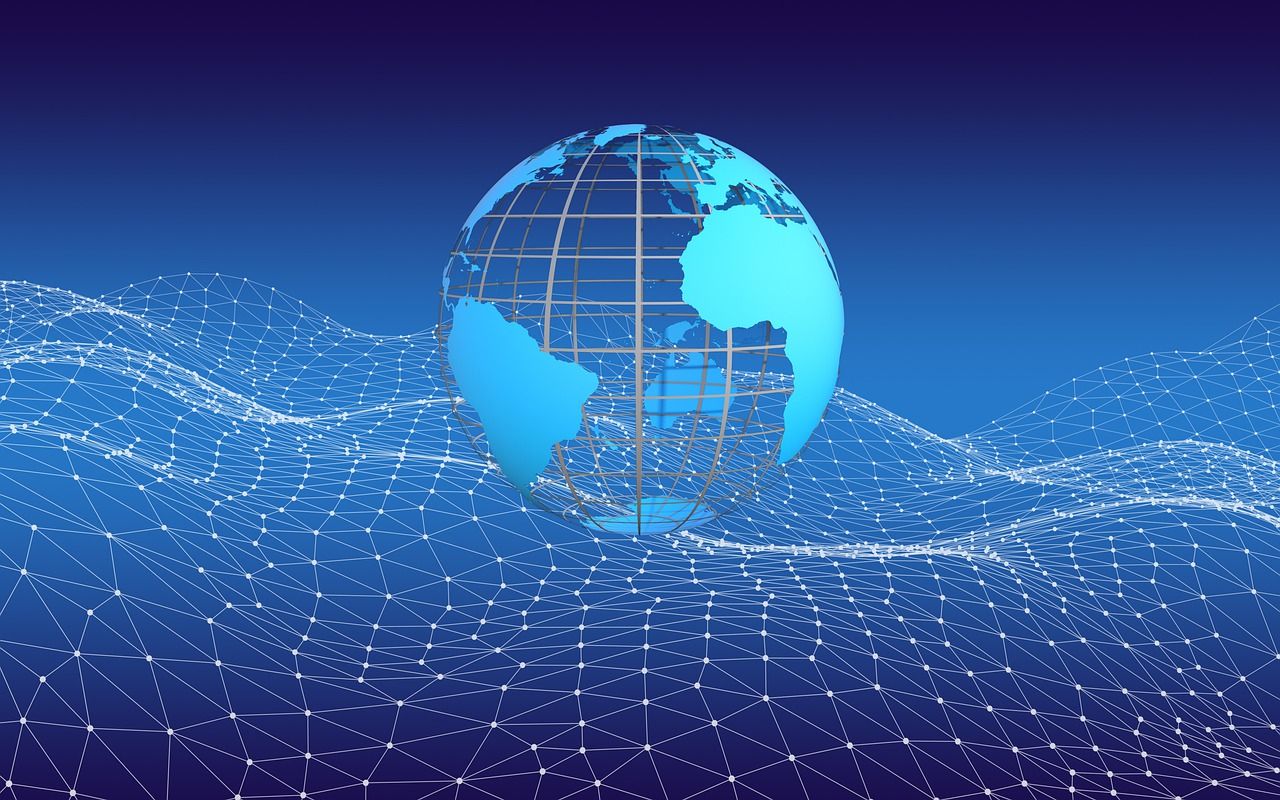- Edge computing is revolutionizing the way businesses operate by providing technologies that allow for faster decision-making and improved operations.
- Businesses are leveraging edge computing to drive innovation and boost customer service.
- Questions of confidentiality and safety arise, though they are manageable.
Edge computing allows for real-time processing, keeps network traffic down, improves the user experience, and enhances performance. For example, with Edge Computing, a voice command from an Echo device can be processed on the spot instead of waiting for a response from the cloud. Additionally, edge computing strengthens Internet-Of-Things (IoT) security posture by reducing latency and increasing the scalability of operations.
Through its many benefits, Edge Computing is set to revolutionize the industry and keep data secure. By 2023, it will be used by 70% of IoT projects for autonomous or edge decision-making, according to BanklessTimes.com. It has already been adopted by major tech companies such as Amazon, Microsoft, and IBM, as well as in various industries like automotive, healthcare, and retail. Edge computing is the future of data management, scalability, and security.
Speaking on the report, the CEO of BanklessTimes said :
BanklessTimes CEOWe believe that Edge Computing will be key to unlocking the full potential of the Internet-of-Things revolution. With its ability to process data closer to where it is generated, Edge Computing enables businesses to optimize the user experience and make their systems more efficient. We have seen a huge uptick in interest for Edge Computing over the past few years, as companies begin to recognize its potential.
What Is the Process of Edge Computing?
IoT sensors, laptops, smartphones, surveillance cameras, and even the break room microwave oven can all be edge devices. With edge computing, clients can connect to an edge module nearby for improved reaction times and smoother operations.
An example of an edge device is a mobile robot with autonomous functionality, such as a robot arm in a car assembly plant. This may be a state-of-the-art surgical technique that allows surgeons to operate off-site in the medical field.
Edge decision-making is productive and reliable since it gives real-time updates on diverse fronts. As long as it is strategically placed, it gives the expected results.
Confidentiality and Safety
Through the Edge, processing occurs at various endpoints with different security levels as more centralized or cloud options. The situation leaves users with security concerns.
Users must be aware of potential security risks with the increasing number of IoT devices and ensure that these systems are secure. You can protect the information in many ways, such as encryption, access restriction, and VPN tunneling.
Individual data processing, power, and network access needs can affect Edge devices’ dependability. Therefore, edge processing devices must have backup and failover management. This will enable it to continue delivering and processing data in the event of a node failure.
Edge Computing is becoming increasingly important for organizations that require low latency, real-time data processing. With the growth of connected devices, Edge Computing will continue to play a substantial role in managing and protecting our data. As with any new technology, questions remain around security and privacy. However, these can be managed through proper implementation and usage of best practices. Edge Computing offers businesses a great opportunity to optimize their operations and remain competitive in an increasingly digital world.












